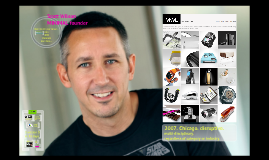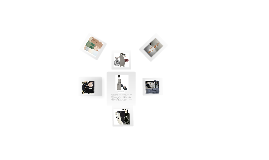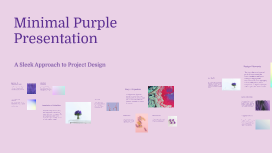Minimal Purple Presentation
Transcript: Minimal Purple Presentation A Sleek Approach to Project Design Design Elements Color Palette The design elements of a minimal purple presentation unify the aesthetic and functional aspects, creating an engaging visual experience. Color palette, typography choices, and layout are essential components that significantly impact audience perception and interaction. Key Takeaways Importance of Minimalism in Design Definition of Minimalism A well-structured execution strategy is essential for seamless project delivery. This section outlines the timeline, required resources, and team roles necessary to achieve project objectives effectively. Minimalist design enhances user experience by eliminating distractions. The use of purple not only stands out but also conveys a sense of creativity and elegance, aligning with modern design trends and audience preferences. The color palette primarily consists of shades of purple, enhancing sophistication and creativity. Complementary colors, such as soft grays or whites, are used to ensure readability and balance, allowing the purple tones to stand out without overwhelming the audience. Summarizing the project's key insights, this section highlights the significance of minimalism in design and its lasting impact on project outcomes. The integration of purple aesthetics underlines the project's unique approach. Project Objectives In design, minimalism fosters user engagement by emphasizing functionality and aesthetics. This approach leads to more streamlined interfaces, improved usability, and effective communication, benefiting both creators and users. Minimalism is a design philosophy characterized by the use of simple forms and elements. It encourages reducing visual clutter to create a more focused experience, thereby enhancing the viewer's engagement with essential components. Execution Strategy Future Considerations Layout and Structure Overview of Purple Aesthetics Clarifying project objectives is essential for successful outcomes. Objectives define the direction, target audience, and the desired results, forming a roadmap for the project's development. Conclusion Ongoing evaluation is essential for refining minimalist approaches in future projects. Consider incorporating user feedback to further enhance design elements and ensure alignment with evolving trends. Team Responsibilities Timeline for Development Introduction to Minimalism A minimalist layout focuses on simplicity and space, allowing content to breathe. Utilizing grids for structure helps organize information effectively, encouraging a clear flow and guiding the audience’s attention toward key messages without distraction. Purple is associated with creativity, luxury, and tranquility, often used effectively in minimalist design to evoke emotions and attract attention. The careful use of purple can enhance visual appeal without overwhelming the viewer. Successful execution depends on clearly defined roles: designers will lead initial iterations, developers will implement features, and project managers will coordinate efforts and track progress, ensuring accountability throughout. The project timeline spans 6 months with distinct phases: planning (1 month), design (2 months), implementation (2 months), and evaluation (1 month). Each phase incorporates milestones to ensure progress and timely delivery. Call to Action Minimalism emphasizes simplicity and functionality, stripping away excess to focus on core elements. This approach enhances clarity and impact, making it especially relevant in modern design contexts. Resources Required Desired Outcomes Target Audience Typography Choices Implement the insights from this project into upcoming designs. Encourage teams to adopt minimalist principles and test variations of purple aesthetics to foster creativity and engagement. Key resources include design software, development tools, and team expertise in minimal design principles. Additionally, a budget allocation for materials and training is essential to ensure teams are well-equipped. Defining desired outcomes establishes measurable success indicators. These outcomes should reflect the project's vision and should be communicated to stakeholders to align expectations and objectives. Identifying target audiences is crucial for tailoring the project’s message and design. Understanding demographics, preferences, and needs fosters effective communication and enhances audience engagement. Typography plays a crucial role in conveying the project’s message. A combination of sans-serif fonts for headings and serif fonts for body text is recommended to create a clean yet classic look, ensuring easy readability without sacrificing style.

















